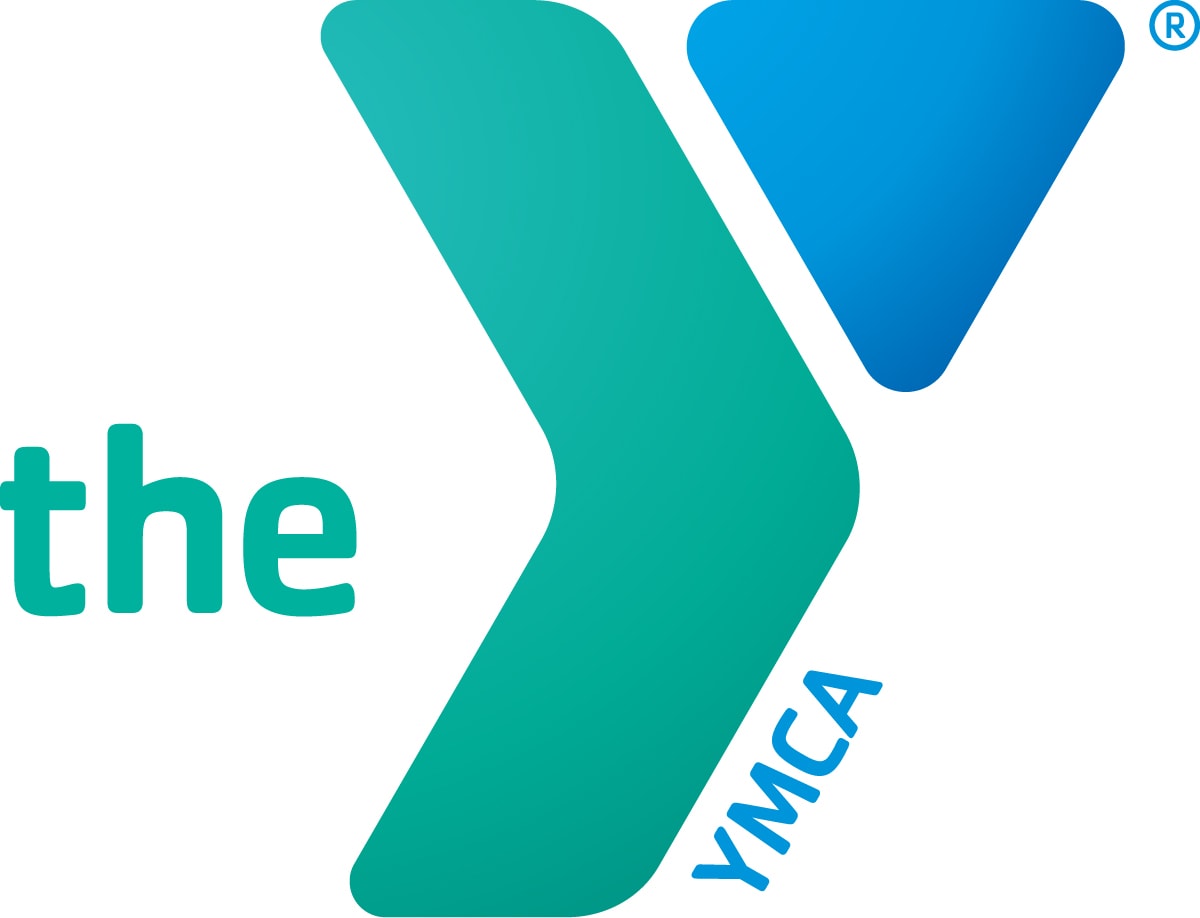By Amy Yoder, M.D. – Ford, Simpson, Lively & Rice Pediatrics
Most parents have encountered the constipation conundrum with their children. It’s common, but can be challenging to deal with and often uncomfortable for the child. Constipation can be caused by a number of factors, including diet and exercise-related issues (for example, the child does not get enough fiber, fluids, or physical activity). For others, it comes from a change in their routine like added stress or a recent illness. Other children become constipated because they do not want to use a public bathroom or stop playing to have a bowel movement (BM).
So, how do you know if your child is constipated? The signs also vary. They may have hard, dry stools that are difficult or painful to pass, stomachaches, stains in the underwear, poor appetite or infrequent stools.
It’s important to note that babies often will not always have regular stools; this does not mean they are constipated. It is more important to see if there stool is hard or soft. Soft, infrequent stools with some straining are normal for an infant.
What IS constipation? Constipation generally occurs when the muscles at the end of the large intestine tighten, preventing the stool from passing normally. The longer the stool remains there, the firmer and drier it becomes, making it even more difficult to pass without discomfort. Then, because the bowel movement is painful, your child consciously may try to hold it in, making the problem worse. Stool retention occurs most commonly between the ages of two and five, at a time when the child is coming to terms with independence, control, and toilet training. If your child does withhold, he may produce such large stools that his rectum stretches. Then he may no longer feel the urge to defecate until the stool is too big to be passed without the help of an enema, laxative, or other treatment.
How can we treat constipation? Implementing a diet full of fruits, vegetables and whole grains, as well as increasing water and juice intake (the latter in moderation) may reduce the risk that your child will become constipated. Also, try to get your child to participate in daily activity for at least 30 minutes per day. The goal is to have 1-2 soft stools daily.
If diet and exercise don’t work, medication may be necessary. An over-the-counter stool softener such as Miralax can be helpful – talk to your doctor about how much to give and how long to continue taking it.
If your child is struggling with constipation, be patient – treatment can sometimes take weeks to months to get back on a regular stooling routine. Try using toilet time – sitting on the toilet for 5-10 minutes after every meal with feet supported on a stool – as a way of encouraging regular BMs. Don’t rush a child on the toilet and praise them for trying – making it stressful will not help the situation.
While none of us like to think about the “pooping problem,” it’s a rite of passage for nearly every child. Hopefully, these tips will help your child get back on a regular routine!
 At Ford, Simpson, Lively & Rice Pediatrics we strive to deliver quality care in a kind and compassionate manner and hope to enjoy a long and friendly relationship with our patients and their families.
At Ford, Simpson, Lively & Rice Pediatrics we strive to deliver quality care in a kind and compassionate manner and hope to enjoy a long and friendly relationship with our patients and their families.
Our pediatricians collectively have more than a century of training and experience in treating children and adolescents. Their many years of experience have made them experts in the evaluation and treatment of childhood diseases as well as trusted counselors on growth, development and behavior.
Learn more at www.cornerstonehealth.com/fslr










